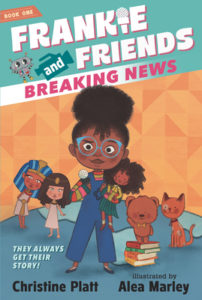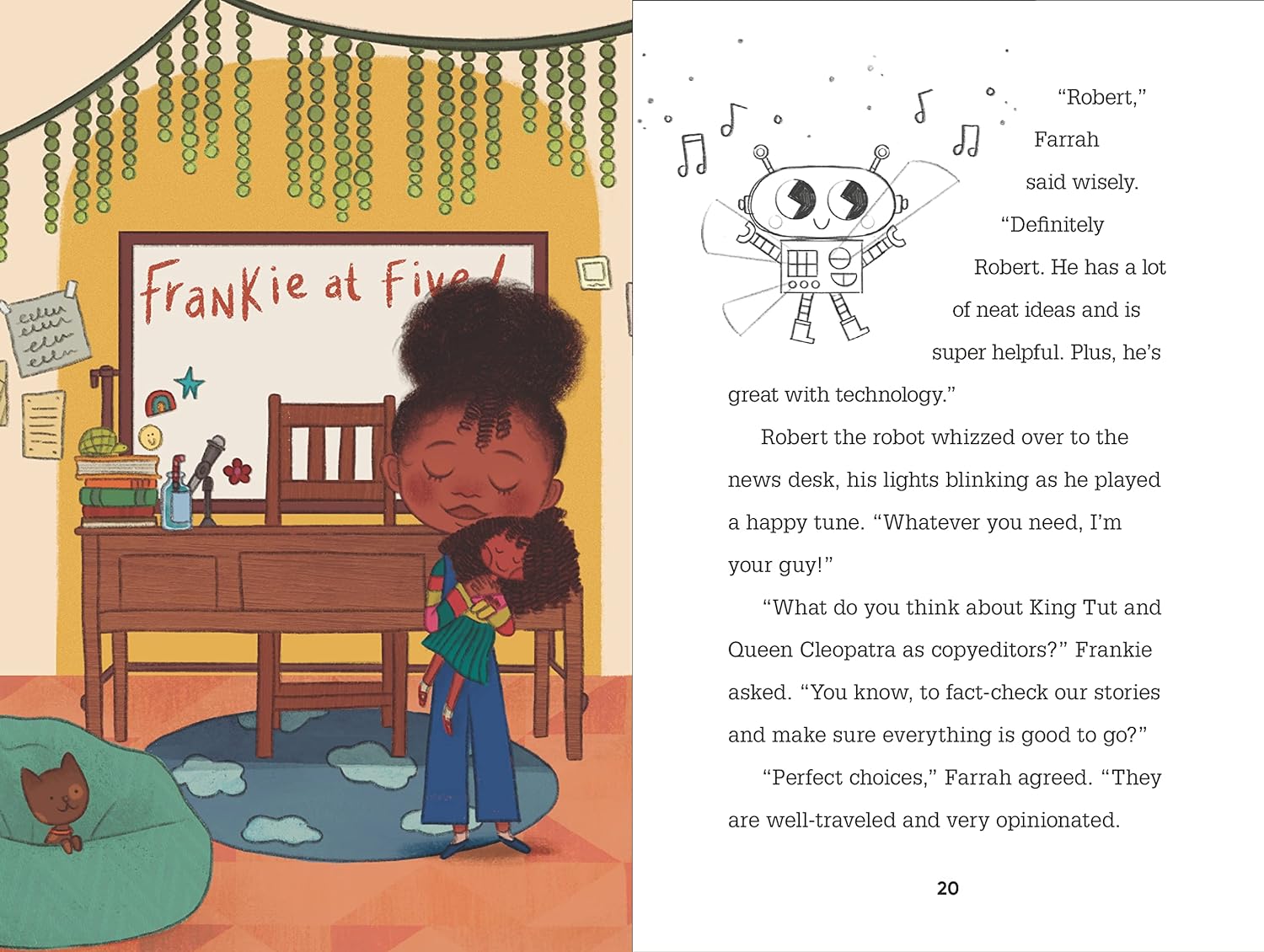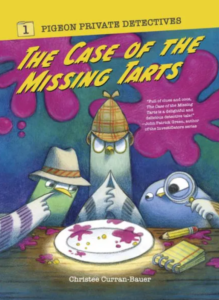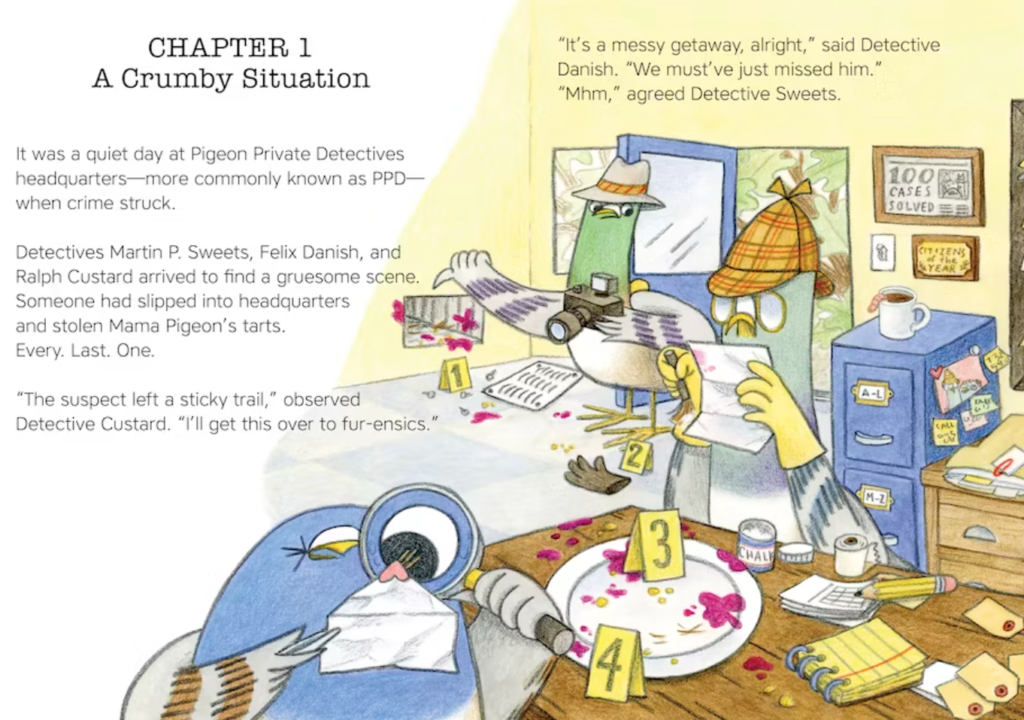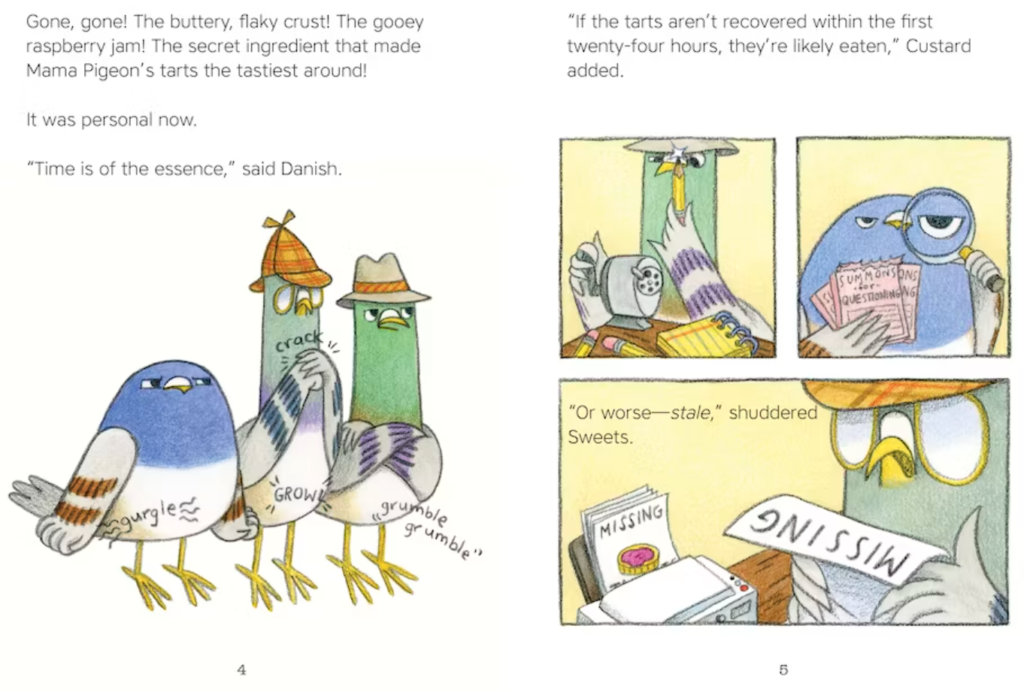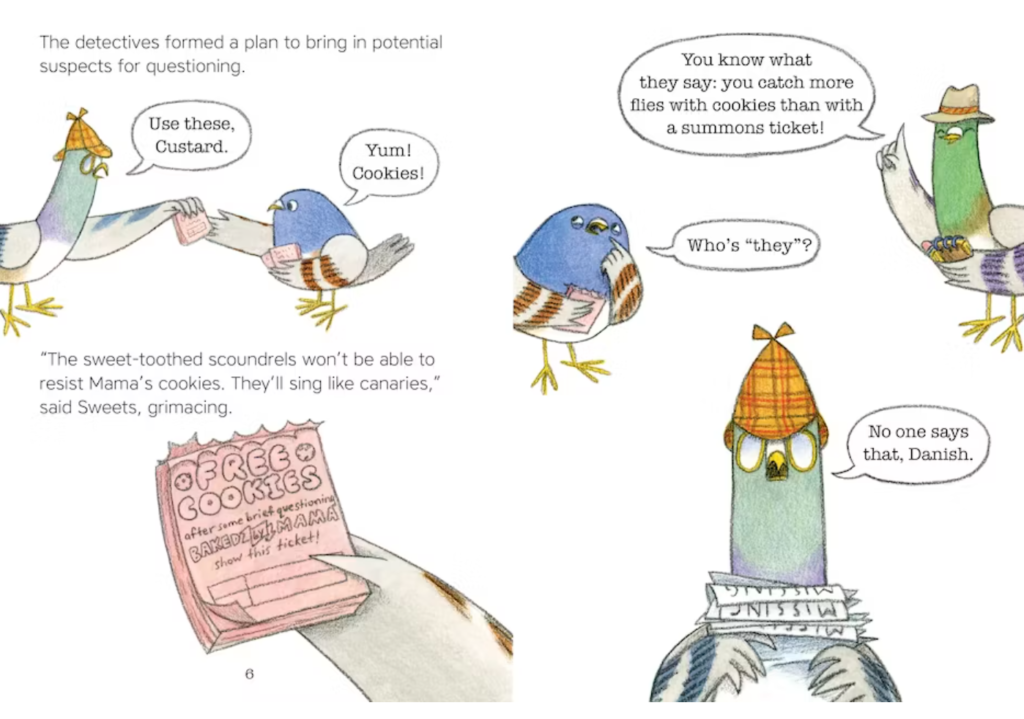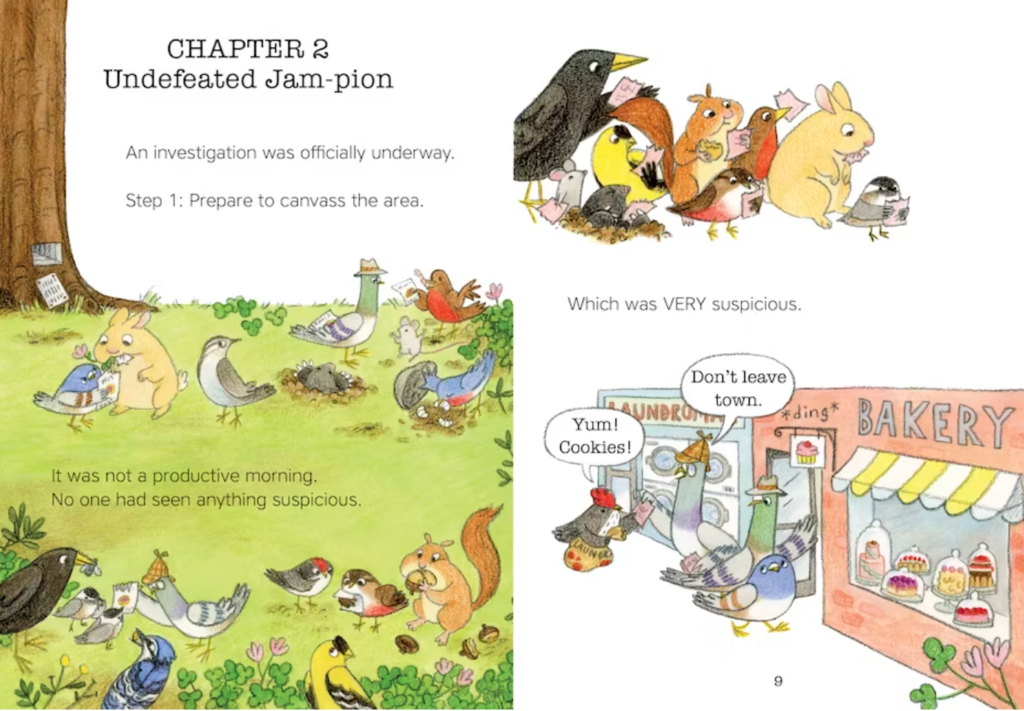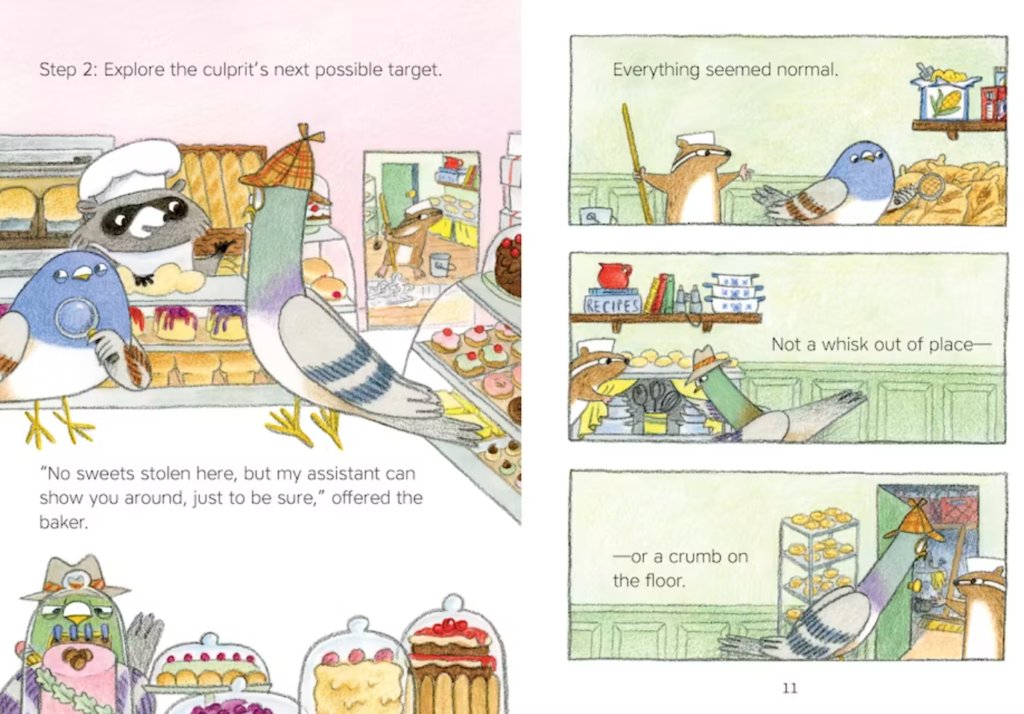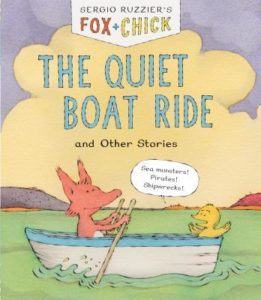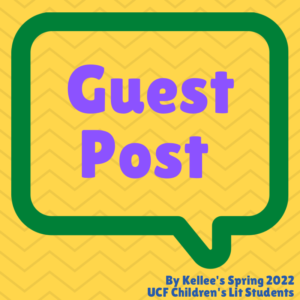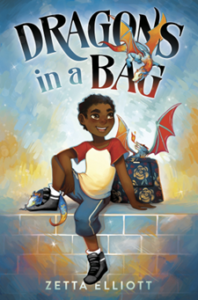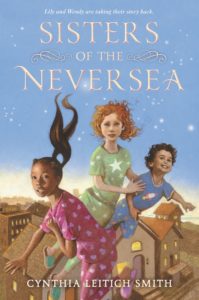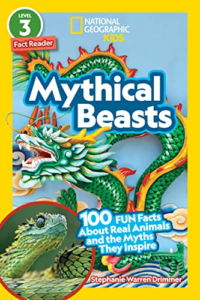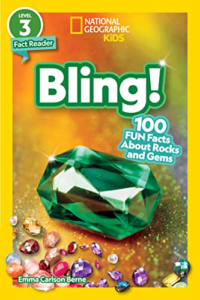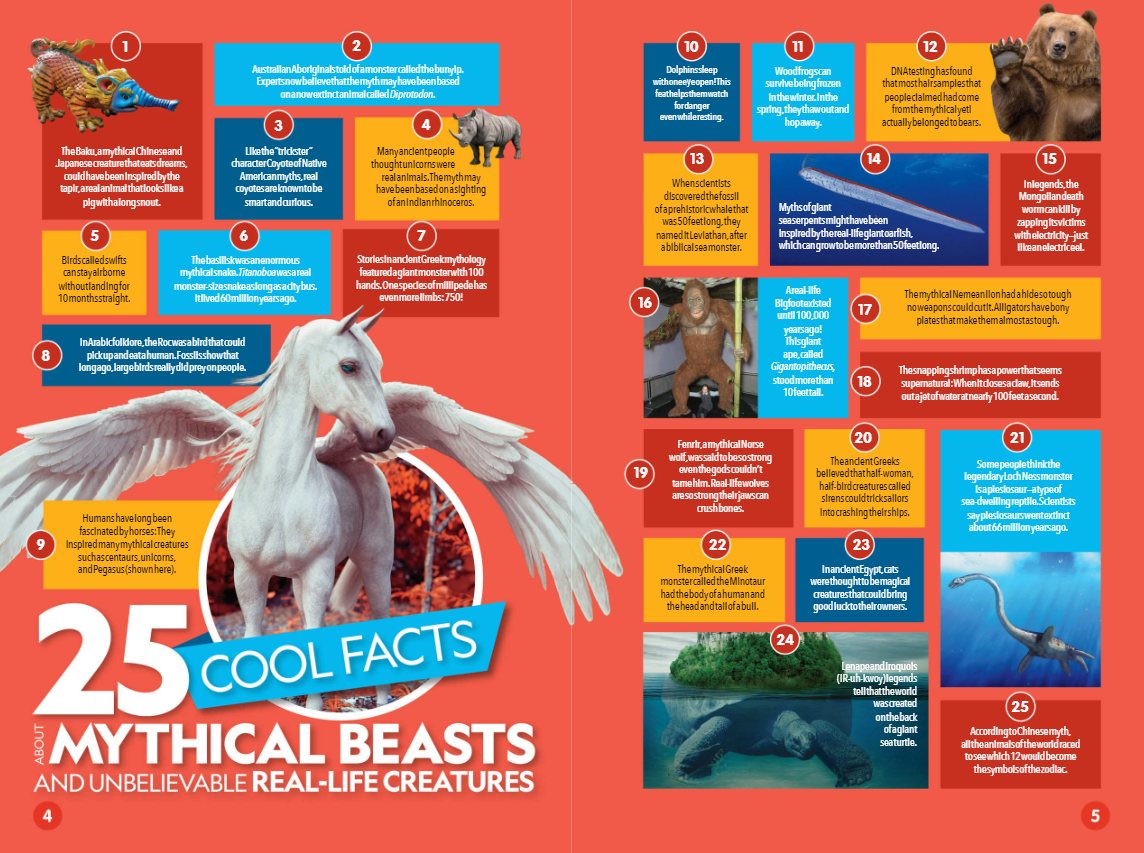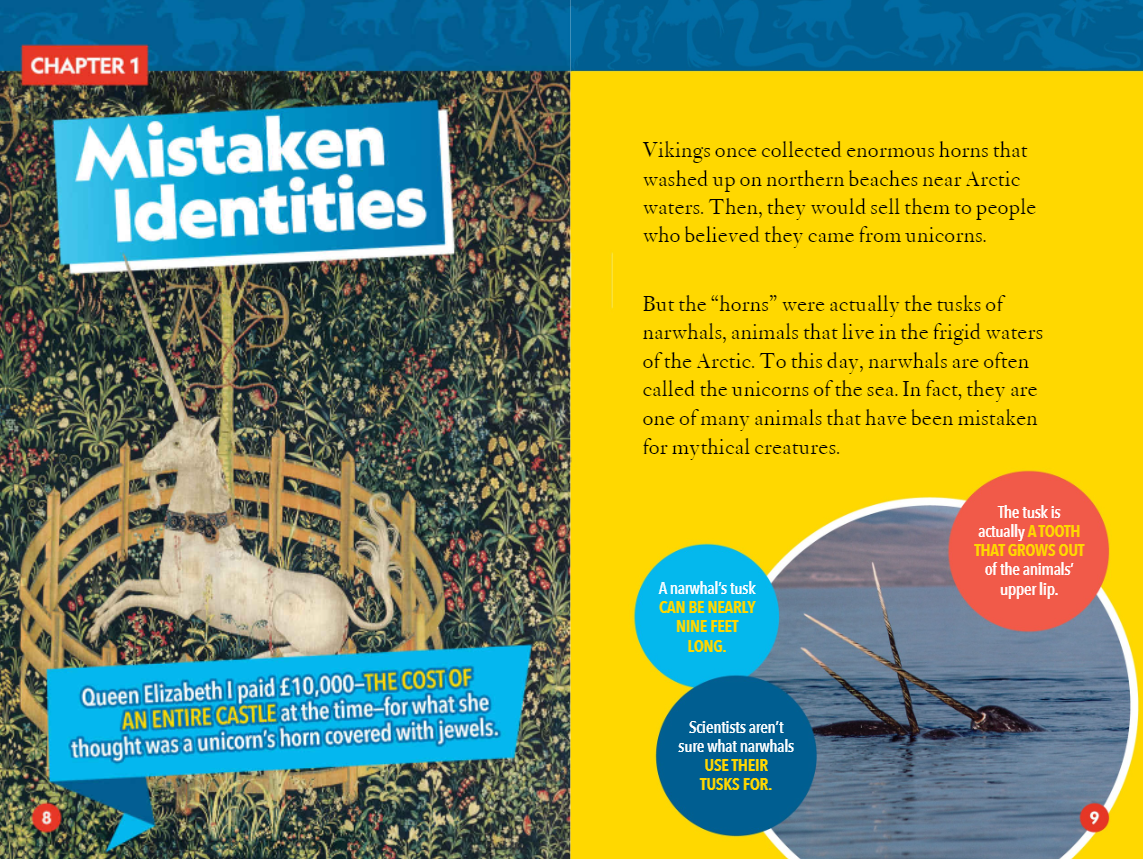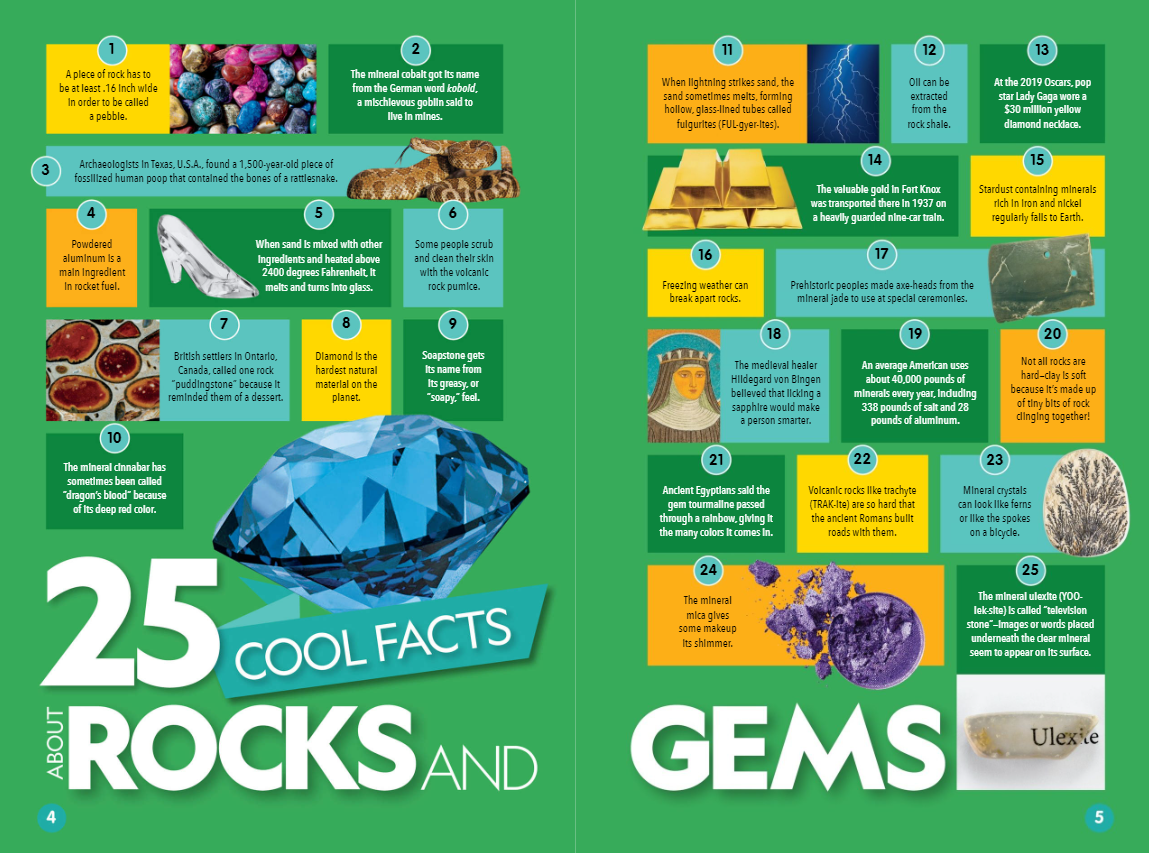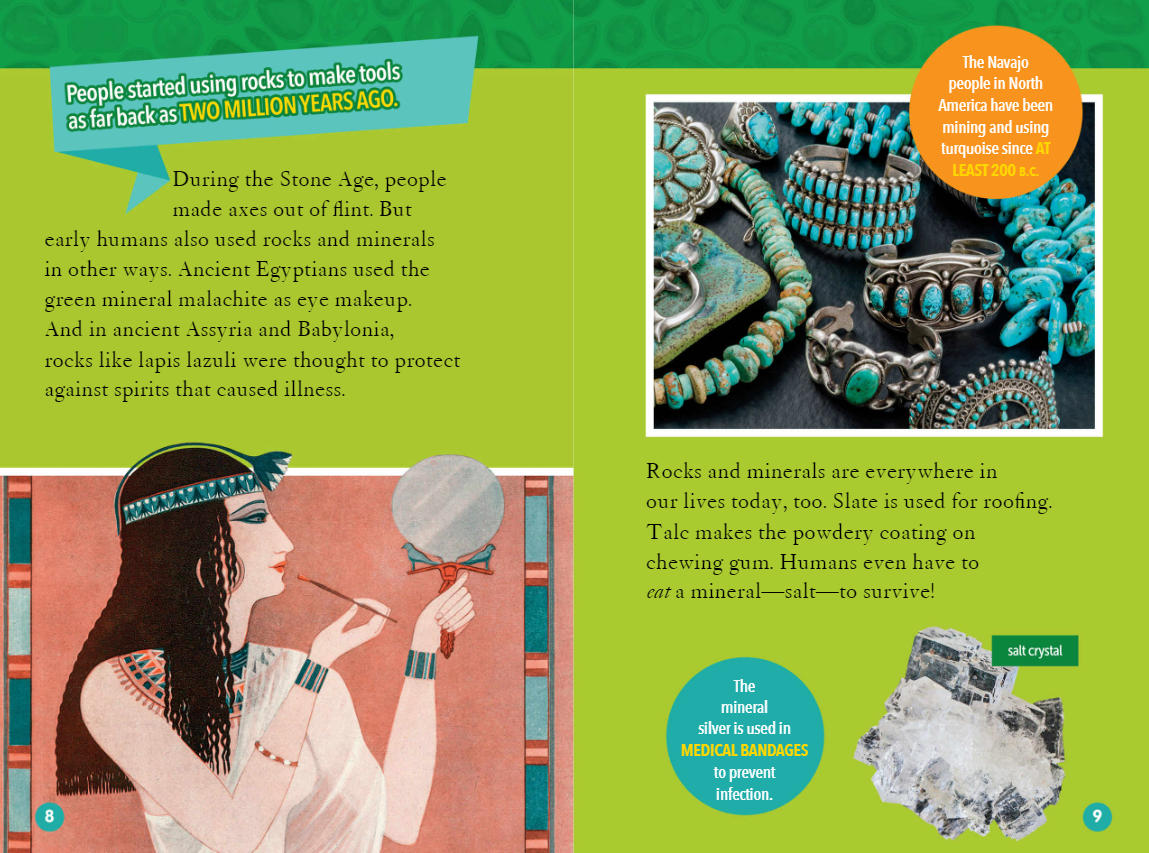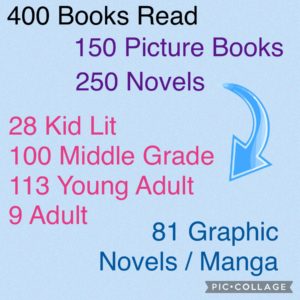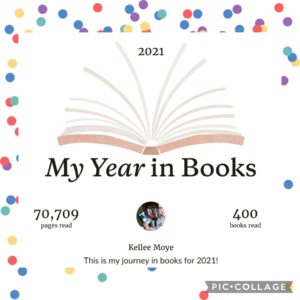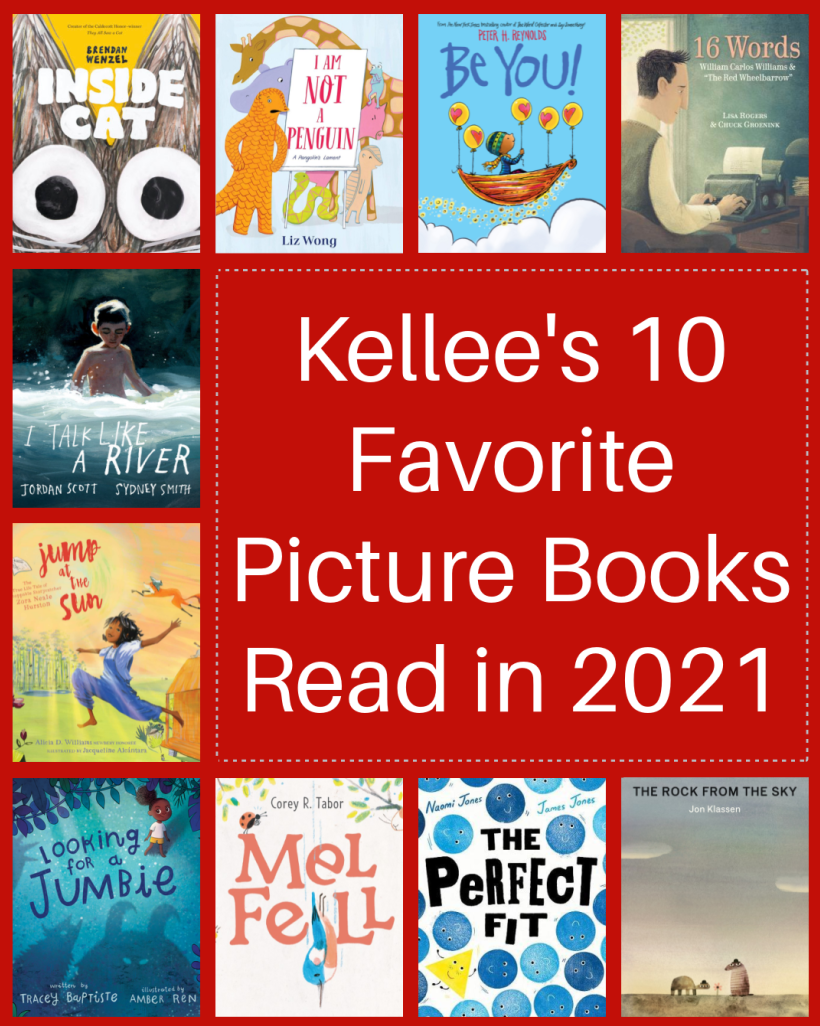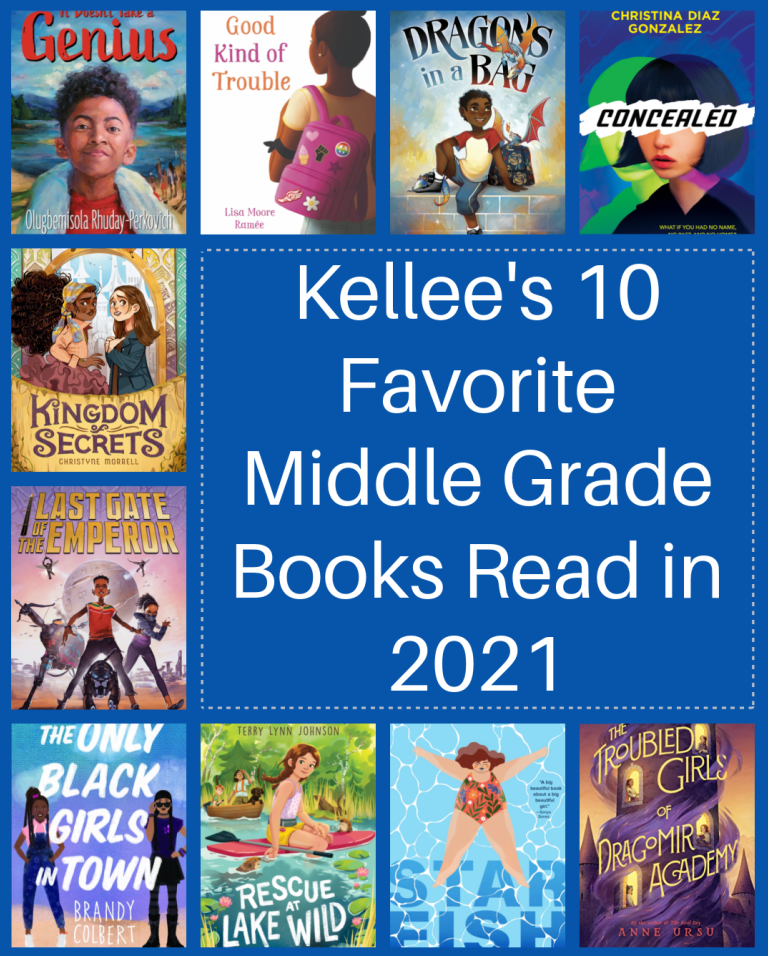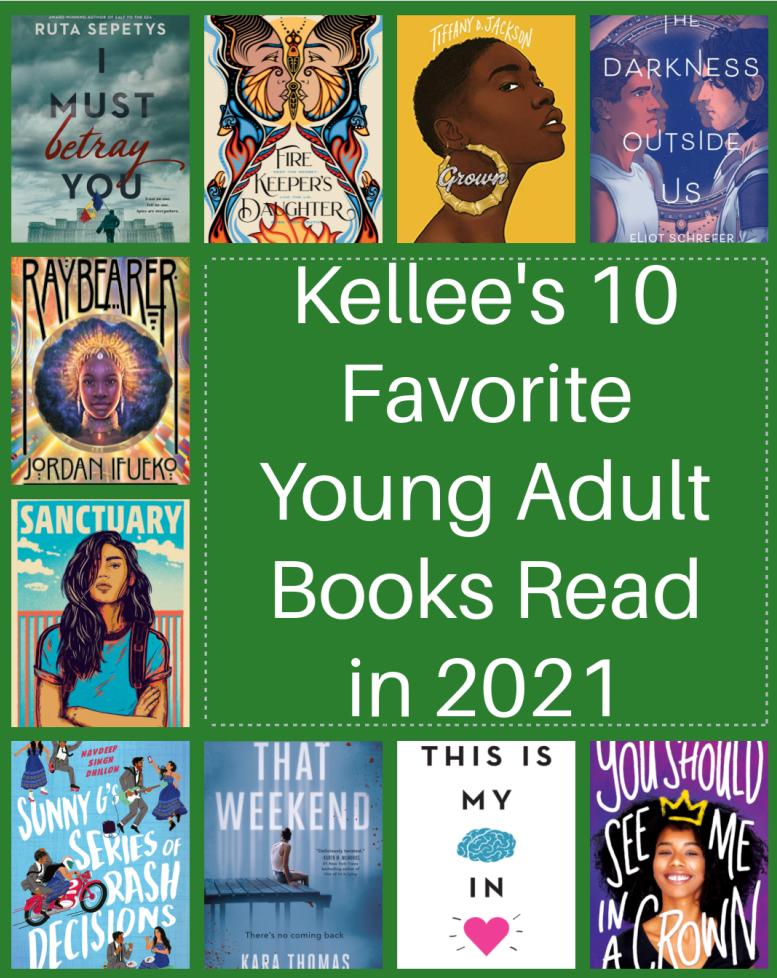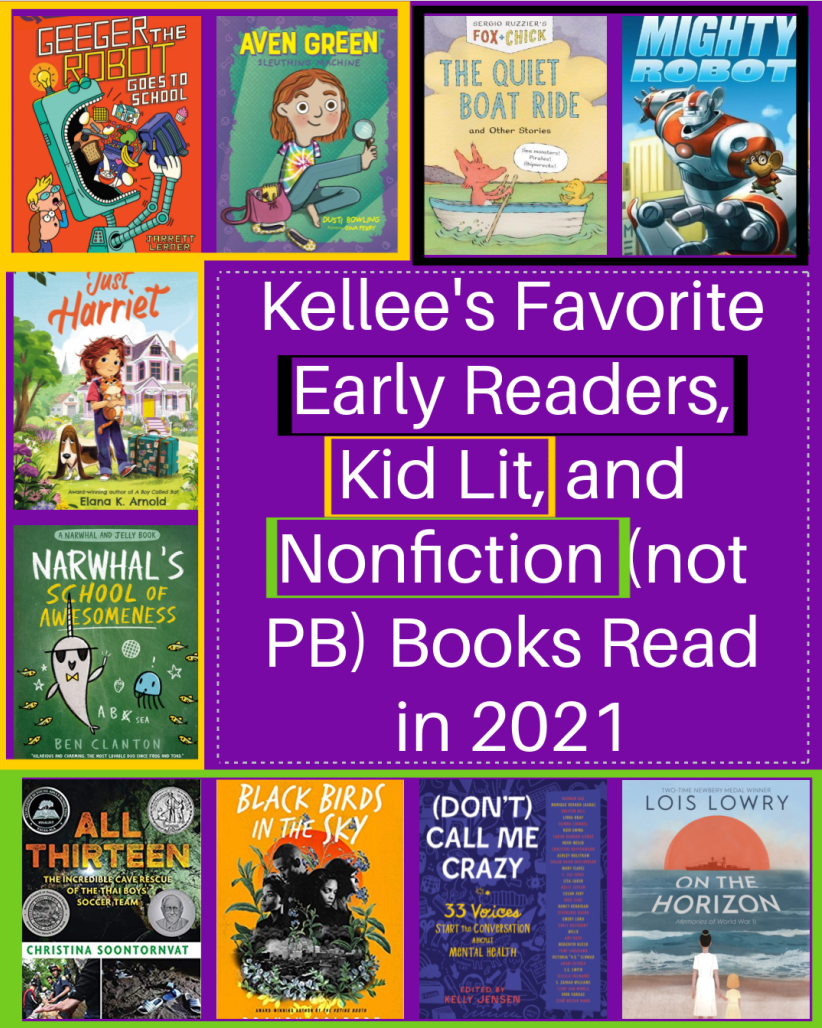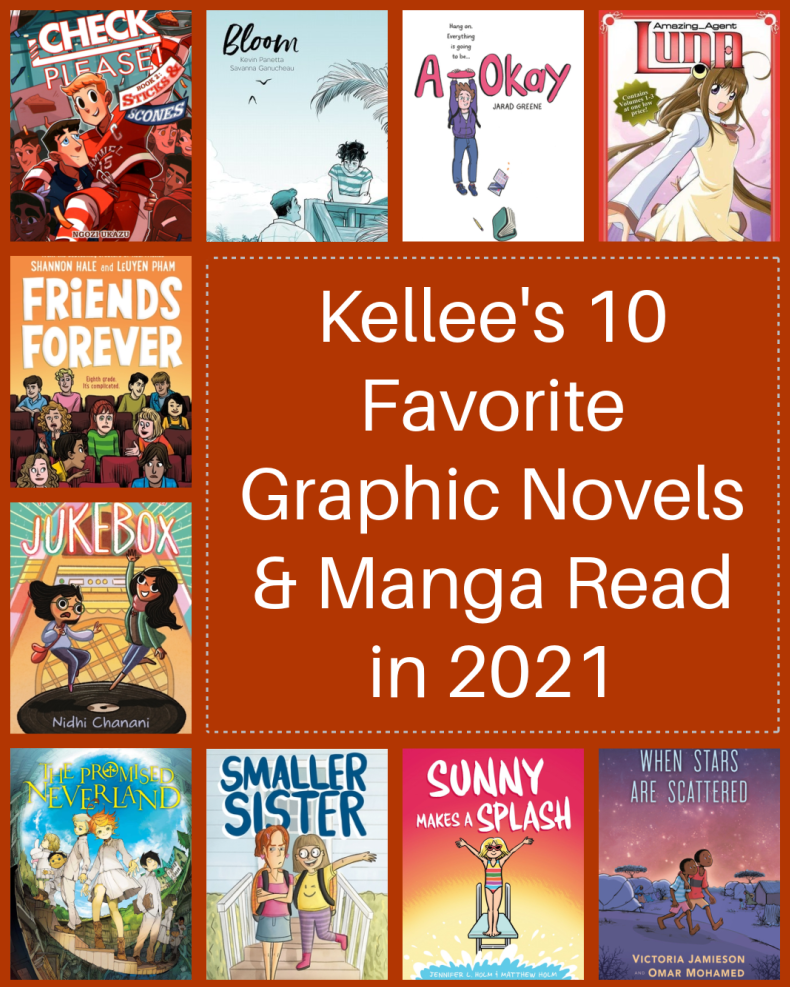“Introducing Young Readers to Historical Fiction”
I love history and inventing new ways to make it exciting to young readers, whether I’m writing nonfiction or fiction. But as I tell students at school and library author visits, lots of my experiments don’t work out. And that was nearly the case with my new intermediate series, the Adventures of Trim.
These are short, 48-page early chapter books, enhanced by the delightful art of Kristy Caldwell. Trim Sets Sail and Trim Helps Out publish from Peachtree in October 2023. Two more titles are slated for 2024.
The Trim books are my first venture into this short format. Trim and his non-human friends are at the center of the story, and that’s new for me too. (I’ve written only one picture book with a talking animal before.) But although they have talking animals, the books draw on history. They also include back matter: author’s notes to introduce the genre and point out aspects of the story inspired by real events. I’m excited about this format, but it took a long time to get here!
The Real Trim
I first came across the story of the real Trim more than five years ago. His owner was British explorer Matthew Flinders (1774-1814). Flinders, who decided to become an explorer after reading Robinson Crusoe as a boy, led the first western expedition to circumnavigate Australia at the turn of the nineteenth century. The HMS Investigator crew members included a naturalist, a botanical artist, and a landscape painter.
There was also a ship’s cat named Trim, a feisty feline who appears to have charmed everyone on board. And like cat lovers today who share tales of their feline companions on social media, Flinders had many amusing stories about Trim’s adventures and antics. Trim learned to swim when he fell overboard as a kitten; he survived a shipwreck; he even traveled on a London stagecoach when the two visited England between expeditions.
Trim was likely killed during the time Flinders was imprisoned by the French on the island of Mauritius, but Flinders didn’t forget his beloved cat. Lost for many years, his short tribute to Trim was discovered among his papers in the 1970s. It’s a warm-hearted, humorous, and remarkably modern-sounding account.
And as soon as I read it, I knew I had to write about this intrepid pair, who are memorialized in statues in both Australia and England.
But how?
Finding a Way into the Story
After trying (and failing) with Trim as a picture book, I put it aside for a couple of years. But I didn’t entirely forget about it. I’m lucky to have an enthusiastic young reader in my life: my grandson, Oliver, now seven. Reading is our favorite activity together. As Oliver and I devoured ready-to-reads and short chapter books, I noticed that while fiction and nonfiction abounds, we found few historical fiction titles. And rarely did books for this age group include back matter.
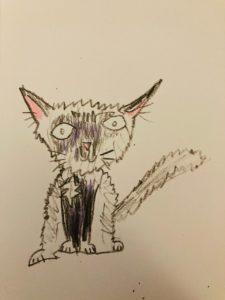
Oliver’s Drawing of Trim
Oliver and I are fans of Peachtree’s King and Kayla series, written by Dori Hillestad Butler and illustrated by Nancy Meyers. And when my Peachtree editor Kathy Landwehr happened to mention she was a cat lover, I wondered: Might Trim work in this format for newly independent readers? Fortunately for me, Kathy and Peachtree were willing to take a chance. And I was thrilled to be paired with the multi-talented Kristy Caldwell, who also illustrated my picture book Thanks to Frances Perkins: Fighter for Workers Rights.
Exploring the World to Learn New Things
I think I can speak for Kristy also to say we are both excited to introduce a young audience to the genre of historical fiction through the Trim books. While the non-human characters (Trim, ship’s dog Penny, a grouchy parrot named Jack, and a rat called Princess Bea) have their own adventures, Kristy and I both have made use of online library and museum resources in England and Australia to research the expedition, the ship, and maritime customs of the early nineteenth century.
And while Trim’s adventures are very much in the realm of fiction, I’ve been able to use details from Flinders’s tribute, incorporating an episode where Trim falls overboard, Trim’s devotion to patrolling the hold, and his habit of stealing food off forks at the captain’s table.
Each book contains an author’s note as well as a photo of one of the statues of Flinders and Trim. I begin by introducing the genre: “Trim Sets Sail is a made-up story about a real cat who lived in the past. We call this kind of story historical fiction.” The author’s note for each book includes information about Flinders and Trim, and sometimes short quotes from Flinders’s tribute.
As Penny tells Trim, the goal of their expedition is to explore the world to learn new things. And I hope the Trim books encourage kids to do just that.
Also, as someone who writes about history, I am passionate about the importance of doing oral histories, preserving family stories, and writing about our lives. After all, if Matthew Flinders had not taken the time to pen a remembrance of his cat, we wouldn’t know about Trim today.
So I close each author’s note with some words of encouragement: “What adventures will you have and write about?”
Because you just never know. Maybe a century or two from now, someone will decide to write about you and your pet!
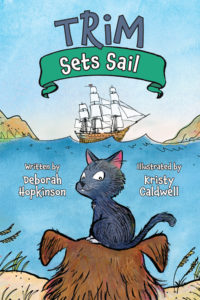
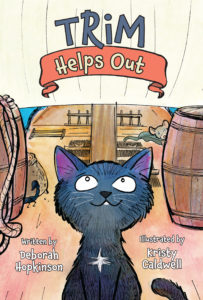
Trim Sets Sail (10/3/2023)
Trim Helps Out (10/24/23)
Author: Deborah Hopkinson
Illustrator: Kristy Caldwell
Published by Peachtree
About Trim Sets Sail: One small kitten learns about the great big world as he sets sail with his fellow shipmates, animal and human, in this historical fiction intermediate reader.
When Trim trips over a napping dog, little does he know that soon he’ll set sail and begin learning how to be a ship’s cat. Among his first lessons: the parts of the ship (the front is called the bow, like “bow wow”), the dynamics among his new colleagues (Jack the ship’s parrot is not so easy to befriend), and basic skills like climbing (up is easier than down) and swimming. With the assistance of Captain Flinders, Penny the ship’s dog, and Will the ship’s artist, Trim learns new skills, tests his limits and abilities, and finds a way to contribute to life onboard.
This delightful early reader series by acclaimed author Deborah Hopkinson is inspired by the true story of Trim, often called the most famous ship’s cat in history. Owned by British explorer Matthew Flinders, Trim traveled on the HMS Investigator on the first expedition to circumnavigate Australia (1801–1803).
About Trim Helps Out: Trim is eager to do a good job on his first day as ship’s cat—but what is his job? All around him, members of the crew are busy with their responsibilities—too busy to notice a small kitten looking for an opportunity to contribute. Jack the parrot directs Trim to the hold, to patrol for rats. But Jack neglects to tell Trim exactly what a rat is. Surely Princess Bea, the new friend he meets below deck, isn’t a rat. She doesn’t resemble the creepy, scary-looking creature that Jack warned Trim about and she’s happy to have an assistant to fetch her biscuits from the galley.
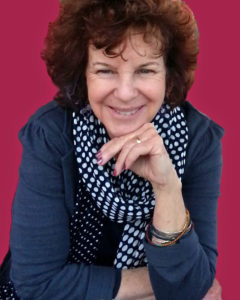
About the Author: .Deborah Hopkinson is the author of more than seventy books for children and teens, including Carter Reads the Newspaper, illustrated by Don Tate, and Thanks to Frances Perkins, illustrated by Kristy Caldwell. Deborah lives in Oregon with her family, some noisy canaries, two dogs, and Beatrix the cat. Visit her online at DeborahHopkinson.com.
https://www.facebook.com/deborah.hopkinson.33
https://twitter.com/Deborahopkinson
https://www.instagram.com/deborah_hopkinson/
And don’t miss out on the KidLitTV Feature Airing Soon! View the promo HERE!
Thank you, Deborah, for bringing historical fiction to our newest readers!

